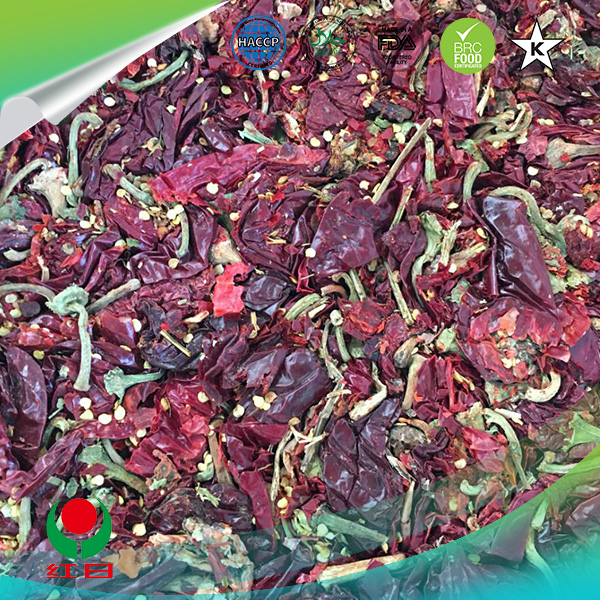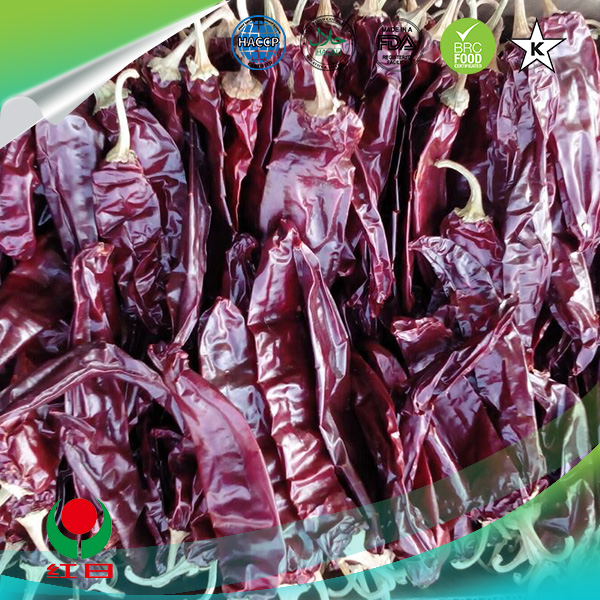- No. 268 Xianghe Street, Economic Development Zone of Xingtai city, Hebei 054001 China
- Byron@hbhongri.cn
Red Papper Pods: Bold Heat & Aroma—Ready to Elevate Dishes?
Paprika Pods: a practitioner’s guide to sourcing, specs, and real-world applications
Here’s the inside track on red papper pods—what buyers actually check, where the market is heading, and how to avoid the common pitfalls. I’ve toured farms and plants from Hebei to Jalisco; the best supply chains feel more like good coffee programs than commodity spice: traceable, tested, and surprisingly customized.

Industry snapshot
Paprika is grown in Argentina, Mexico, Hungary, Serbia, Spain, the Netherlands, China, and parts of the United States; yet, to be honest, the center of gravity is China—more than 70% of global paprika volume originates there, much of it destined for paprika oleoresin, snacks, and processed foods. The practical advantage? Scale, consistent color grades, and better lead times. Demand is shifting to clean-label coloring and steam-sterilized lots, with buyers asking for ASTA color documentation and Salmonella-negative certificates.
Product specifications (Paprika pods)
| Parameter | Typical spec (≈, real-world may vary) | Method/Standard |
|---|---|---|
| ASTA Color | ≈120–180 ASTA (pods, grade-dependent) | ASTA 20.1 |
| Heat (SHU) | Sweet to mildly hot ≈ 200–2,000 SHU | ASTA/ISO guidance |
| Moisture | ≤ 12% | ISO 939 |
| Total Ash | ≤ 7% | ISO 928 |
| Microbiology | TPC ≤ 1×10^5 CFU/g; Salmonella absent/25g; E. coli <10 CFU/g | ISO 4833 / ISO 6579 |
| Aflatoxin | B1 ≤ 5 ppb; Total ≤ 10 ppb | EU 1881/2006 |
| Packaging/Shelf life | 25 kg bags; nitrogen-flushed optional; ≈ 18–24 months | Cool, dry storage; audit on receipt |

Process flow and QC
Materials: Capsicum annuum L. pods from contracted fields. Methods: field selection → hand/mechanical harvest → hot-air drying (controlled) → destemming → color sorting → metal detection → optional steam sterilization (ETO-free) → grading → packing. Testing: color by ASTA; extractable color by ISO 7541; contaminants per Codex/EU; micro per ISO. Service life depends on water activity and oxygen—nitrogen flush genuinely helps.
Origin note: No. 268 Xianghe Street, Economic Development Zone of Xingtai city, Hebei 054001 China. Certifications often include ISO 22000/HACCP, Halal, Kosher; BRCGS/FSSC 22000 are increasingly common, I guess because big retail audits demand them.
Applications and advantages
- Food color/flavor: snacks, processed meats, sauces, ready meals; clean label vs artificial dyes.
- Oleoresin extraction: stable color in emulsions and cured meats.
- R&D: blending sweet and hot grades for signature profiles.
Advantages buyers report: steady ASTA, low moisture (less caking), and customization—stemless pods, flakes (≈3–8 mm), or 40–80 mesh powder. Many customers say red papper pods outperform powders on aroma when milled fresh in-plant.

Vendor comparison (quick take)
| Vendor | Origin/Certs | Color/Heat | Customization | Lead time |
|---|---|---|---|---|
| Hongri Spice (Hebei) | China; ISO 22000/HACCP, Halal/Kosher (typical) | ≈120–180 ASTA; 200–2,000 SHU | Pods, flakes, powder; steam-sterilized; nitrogen | ≈2–4 weeks |
| Trader A (EU) | EU sourcing; BRCGS broker | ≈100–150 ASTA | Primarily powder; limited pod grades | Stock-dependent |
| Local Farm Co. | Regional; GAP focus | Variable; seasonal | Fresh/dried; fewer certifications | Harvest season |
Field notes: two short case studies
Snack brand (Poland): switched to higher-ASTA pods milled in-line; color pop improved at 8% lower dosage. Micro spec held after steam treatment—surprisingly stable.
Meat processor (UAE): adopted steam-sterilized red papper pods for chorizo; Salmonella-negative certificates reduced incoming-hold time by ≈1 day.

Buying tips
- Ask for ASTA color certs and micro COA per lot; require Salmonella absent/25g.
- Specify mesh or pod cut, heat (SHU), and sterilization method up front.
- Audit allergen/foreign-matter controls; insist on metal detection logs.
- For red papper pods in export foods, align specs with Codex and EU limits.
References
-
Capsicum frutescens oleoresin – High Purity, Food GradeNewsNov.17,2025
-
Capsicum Frutescens Oleoresin – Natural Heat & FlavorNewsNov.17,2025
-
Peppereka Powder – Fresh, Vibrant Color & Sweet AromaNewsNov.17,2025
-
Paprika Oleoresin | Natural Red Color, Heat & Flavor BoostNewsNov.17,2025
-
Pure Turmeric Extract 95% Curcumin | Potent, Lab-TestedNewsNov.17,2025
-
Red Papper Pods – Premium Sun-Dried, Bold Heat & AromaNewsNov.10,2025







